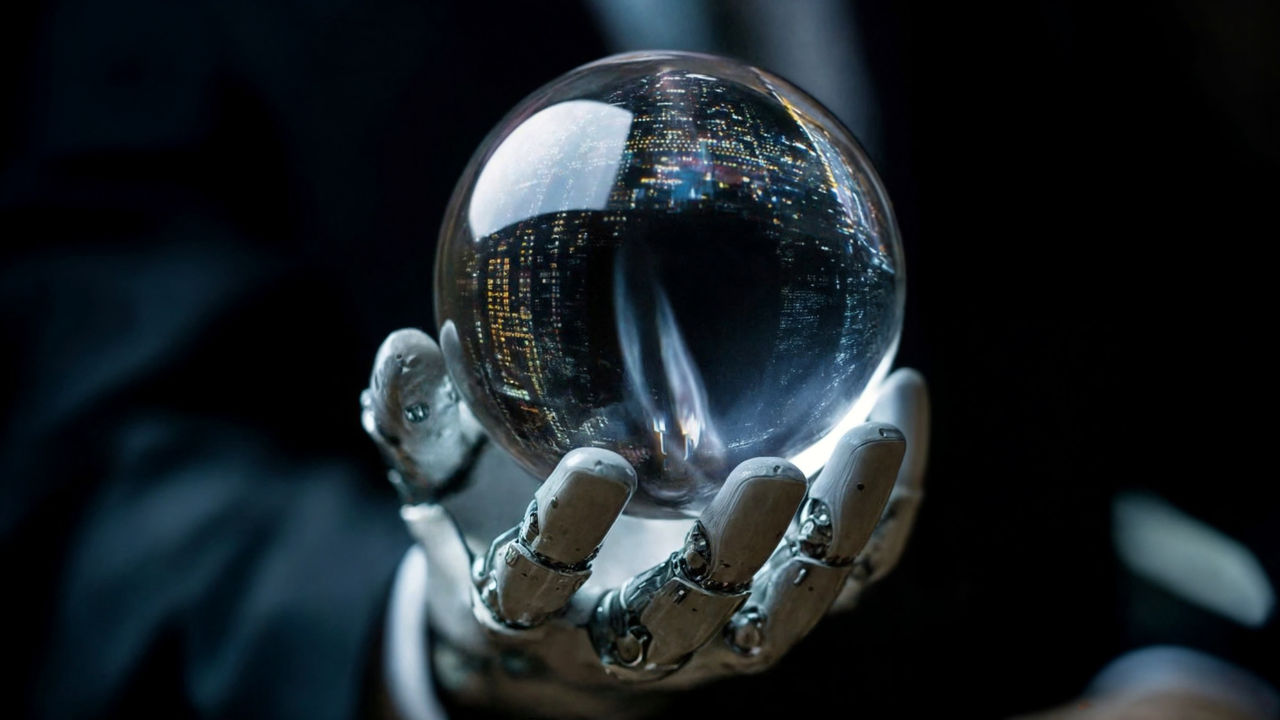
Abstract
Can an artificial intelligence (AI) system be an “inventor” under contemporary patent statutes? Across leading jurisdictions, courts and patent offices have converged on “no,” grounding outcomes in textualist readings of inventor provisions that presuppose a natural person. This article analyzes the Full Federal Court of Australia’s reversal in Commissioner of Patents v Thaler FCAFC 62, the UK Court of Appeal’s treatment of sections 7 and 13 of the Patents Act 1977, the US District Court for the Eastern District of Virginia’s analysis of “inventor” under the America Invents Act and related provisions, and the European Patent Office’s reasoning under the EPC. The juridical pattern reveals a shared constraint: statutory language coupled with long-standing assumptions of human agency in invention. I argue that, absent legislative intervention, doctrinal coherence will continue to reject AI inventorship while leaving open protection pathways for AI-associated inventions attributed to humans.
The Textual Turn
Australia: The Full Federal Court held that “inventor” in the Patents Act 1990 (Cth) denotes a natural person. It relied on section 15 and the statutory context, emphasizing centuries of patent doctrine assuming human inventors and echoing the High Court’s statement in D’Arcy v Myriad Genetics that an invention is brought about by human action. The Court warned against importing policy preferences into statutory purpose and rejected the claim that excluding AI from inventorship would necessarily foreclose patentability for AI‑devised subject matter; rather, attribution to a human remained a question of law not resolved on the record.
United Kingdom: The Court of Appeal concluded that a patent application cannot proceed while naming an AI as the inventor and failing to identify a natural person under sections 7 and 13. Although one judge reasoned the IPO could not police the factual correctness of the inventor statement, a majority concluded that naming a non-person is legally impossible, justifying deeming the application withdrawn.
United States: The E.D. Va. upheld the USPTO’s refusal to accept an AI as inventor, reading “inventor” consistently across the Patent Act and emphasizing statutory phrases like “he or she believes himself or herself to be the original inventor,” which presuppose human capacity for belief. Deference to the agency’s interpretation and Federal Circuit precedents reinforced the human‑inventor requirement.
European Patent Office: The EPO Receiving Section (upheld by the Technical Board of Appeal) found that only a human can be an inventor under the EPC. Because a machine cannot transfer rights, ownership‑based succession in title from a machine was also rejected.
Legal personhood and inventorship
Inventorship is not merely about “who generated” the technical contribution; it is a legal role tethered to rights, duties, declarations, and transfers. Existing statutes embed linguistic and structural commitments to human agency. Courts have prioritized coherence in the statutory system over policy arguments about incentivizing AI‑mediated innovation.
Implications for doctrinal coherence
Attribution strategies: Human involvement in conception, problem framing, training, prompt engineering, validation, or reduction to practice can ground attribution, but facts matter. The Australian Full Federal Court expressly left open whether a human inventor existed on the record.
Ownership and transfer: If inventorship remains human-only, ownership paths are clearer; if AI were an inventor, doctrines of assignment, moral rights, and entitlement would require foundational rework (as the EPO’s rights‑transfer reasoning foreshadows).
Counterarguments and replies
Incentives: Proponents argue that recognizing AI inventors would stimulate disclosure and investment. Courts respond that policy cannot overcome plain statutory text; if policy is compelling, legislatures must act
Ontological parity: Claims that functional parity between advanced AI and human conception warrants equal treatment falter on the legal role of inventorship as a bundle of normative capacities tied to personhood.
Conclusion
The prevailing jurisprudence is text-bound and person-centric. Without legislative change, the doctrinal center of gravity will keep inventorship human while accommodating AI‑assisted innovation via human attribution and existing ownership structures


